Transient Superresolution
A need for temporal super resolution
Image sensors that can measure the time of travel of photons are gaining importance in a myriad of applications such as LIDAR, non-line of sight imaging, light-in-flight imaging, and imaging through scattering media. While the price of these sensors is dramatically shrinking, there remains a trade-off between spatial resolution and temporal resolution. While single-pixel detectors using the single-photon avalanche diode (SPAD) technology can achieve 10-30 ps time resolution, the current generation array detectors can only produce an order of magnitude lower temporal resolution due to space-related fabrication constraints. Moreover, this limit is due to bandwidth, read-out and circuit-area constraints on the detector array and therefore unlikely to dramatically change in the next few years.
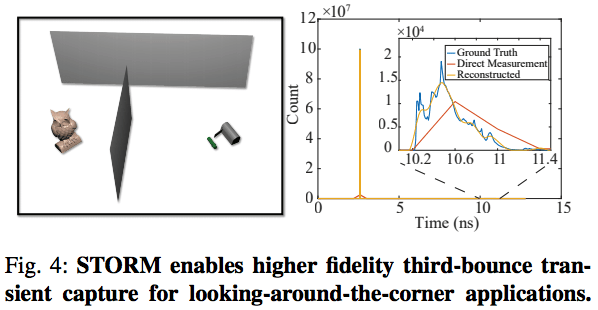
Single Photon Avalanche Diodes (SPAD)
More Info
Sensors based on SPAD technology offer a number of advantages compared to alternatives, making them well-suited for a majority of transient imaging applications: They provide sub-nanosecond temporal resolution.
Temporal Resolution Challenge
More Info
Unfortunately, two-dimensional arrays of SPAD detectors can only achieve an order of magnitude lower temporal resolution, due to space-related fabrication constraints. For applications such as ranging, this would yield a 5−10 cm depth resolution, something that is not suitable for most emerging applications.
Time-shifted Measurements
More Info
We propose to make multiple measurements with slightly phase shifted (time-shifted) illumination pulses – wherein the time shift is an order of magnitude smaller than the temporal resolution. This amounts to shifting the quantizer levels by less than the quantizer step-size.
STORM: Super-resolving Transients by OveRsampled Measurements
In this project, we demonstrate a computational imaging approach that utilizes multiple measurements with calibrated sub-temporal resolution delays on the illumination pulse and super-resolution post-processing algorithms that together can achieve an order of magnitude improvement in the time resolution of the acquired transients. We build an experimental prototype, using a 32×32 SPAD detector array with 400ps time resolution and demonstrate recovery of transients with ≈ 50ps time resolution, an 8× improvement in time resolution resulting in a 5× improvement in depth reconstruction error.
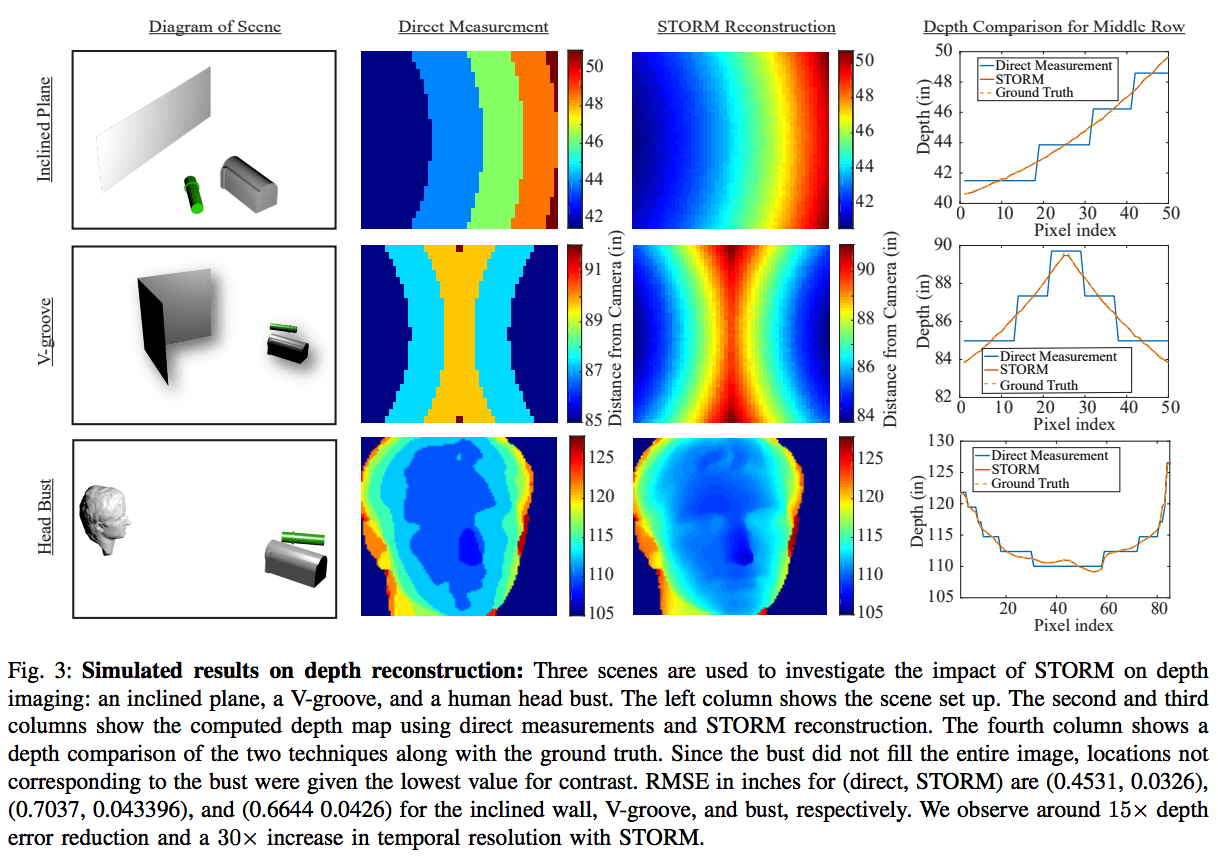

People

Ankit Raghuram
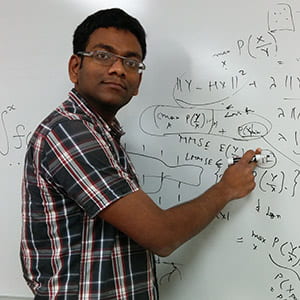
Adithya Pediredla
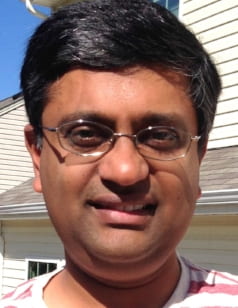
Srinivasa G. Narasimhan
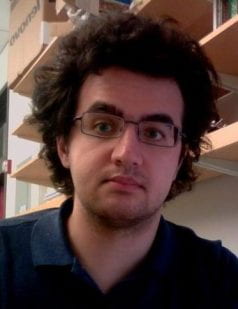
Ioannis Gkioulekas
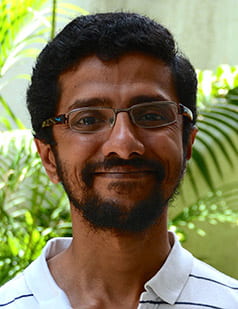
Ashok Veeraraghavan
